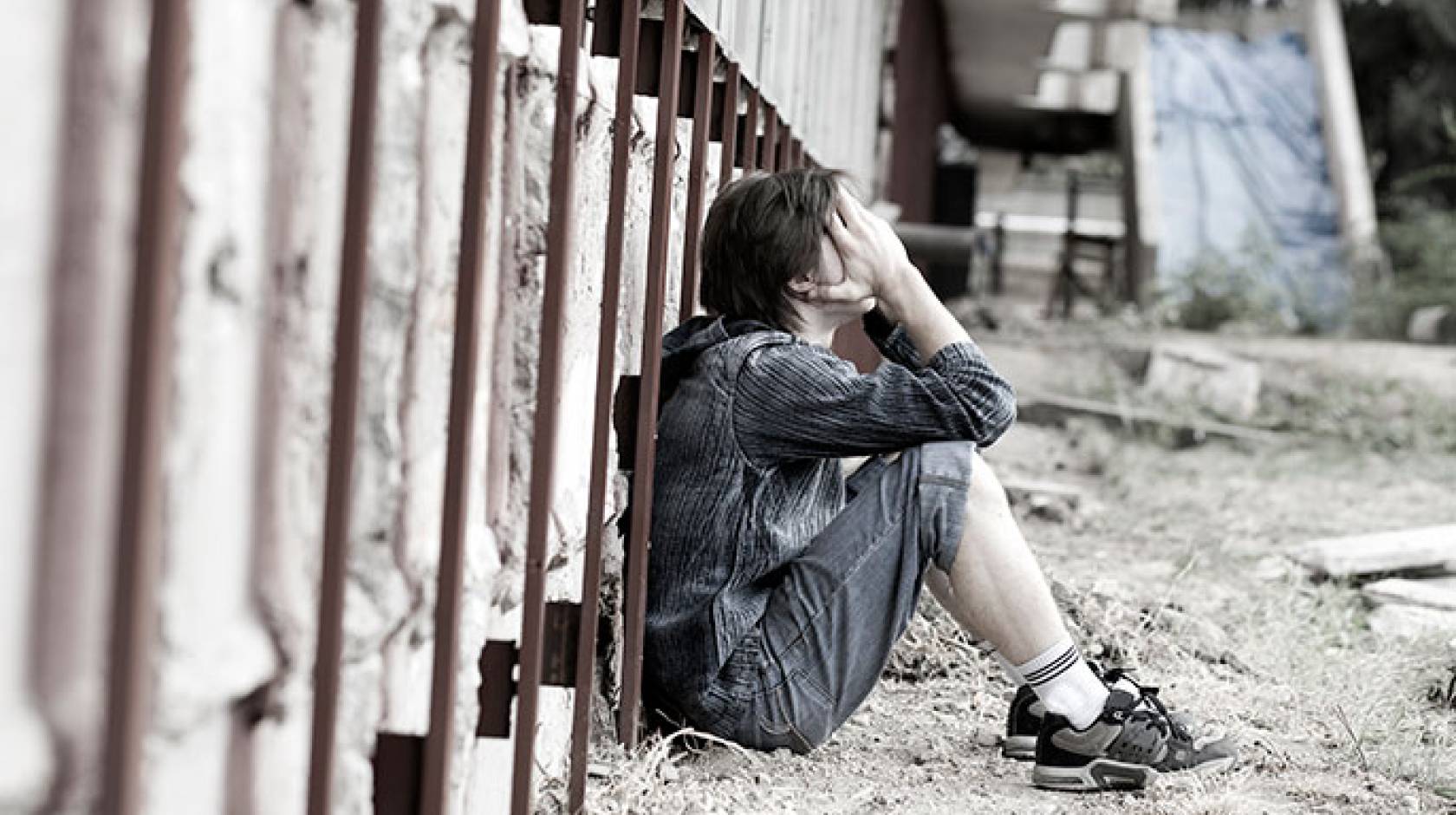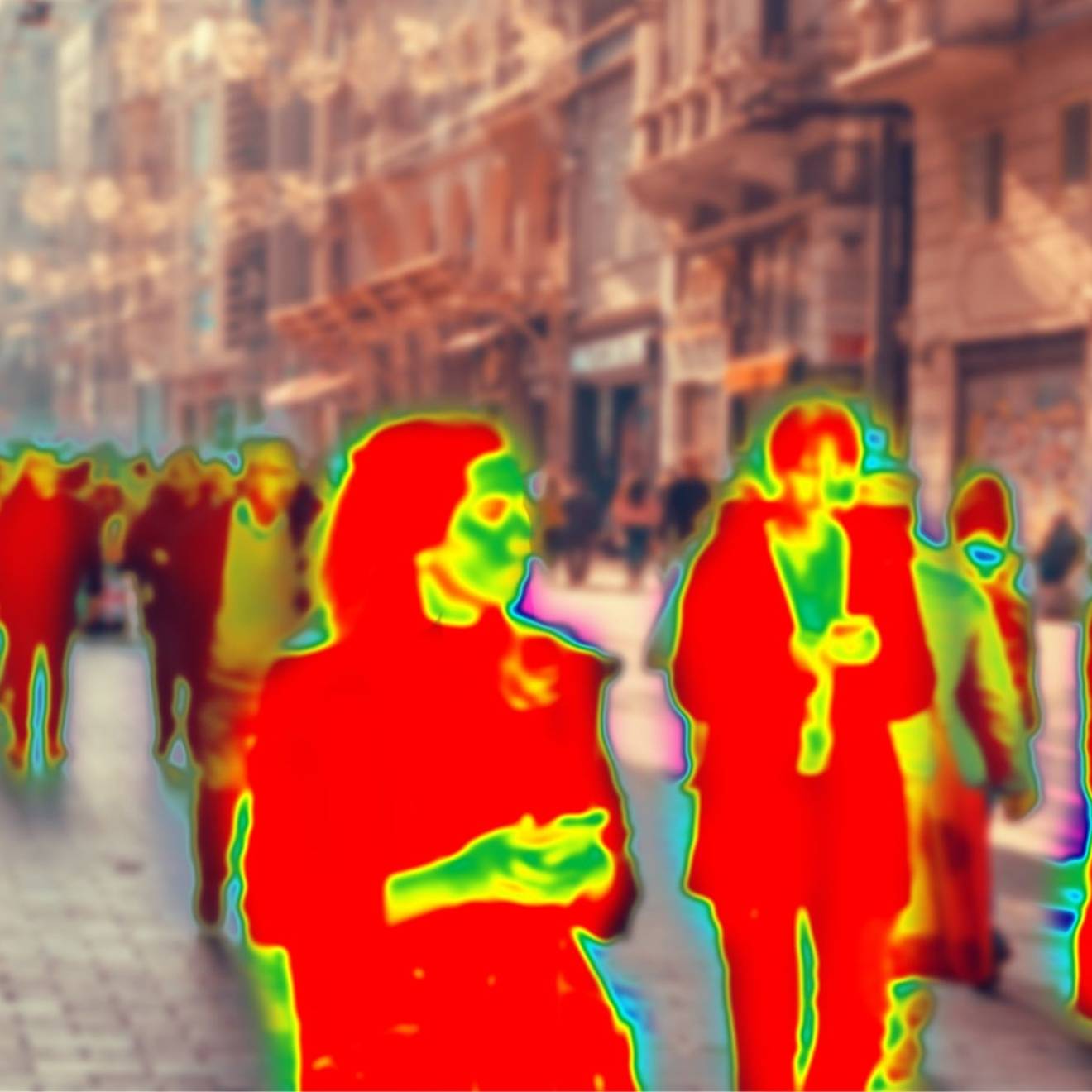Lauren Jow, UCLA

Youths, regardless of their sexual orientation or gender identity, experience many similar issues leading to homelessness, but providers of homeless youth services indicate some of these issues are exacerbated for youths who are lesbian, gay, bisexual, transgender or questioning (LGBTQ), according to a report released recently by researchers at the Williams Institute at UCLA School of Law and the True Colors Fund.
The study, “Serving Our Youth 2015: The Needs and Experiences of LGBTQ Youth Experiencing Homelessness,” reviewed responses from providers of homeless youth services about their experiences working with LGBTQ youth.
Key findings from the report include:
- Sexual and gender minority youth were overrepresented among those experiencing homelessness, according to estimates of the percent of LGBTQ youth seeking help from homeless service providers.
- LGBTQ youth who received these services were reported to have been homeless longer than non-LGBTQ youth. Notably, providers were more likely to report that transgender youth experienced these disparities.
- LGBTQ youth who accessed these services were reported to be in worse mental and physical health than non-LGBTQ youth. In particular, providers were more likely to report that transgender youth were in worse mental and physical health than other youth.
- Providers indicated that the most prevalent reason for homelessness among LGBTQ youth was that they had been forced out of their homes or had run away from home because of their sexual orientation or gender identity/expression.
- Housing was identified by providers as the No. 1 need for LGBTQ youth experiencing homelessness. Transition-related support was also identified as a critical need for transgender youth.
- Transgender youth were estimated to have experienced bullying, family rejection, and physical and sexual abuse at higher rates than LGBQ youth.
- Survey respondents cited staff qualities and characteristics — such as LGBTQ-inclusiveness and staff competencies — and program qualities — such as targeted programming for LGBTQ youth — as reasons for success in serving homeless LGBTQ youth, although many also pointed to lack of training in serving LGBTQ needs as a barrier.
This study highlights the need to further understand the differences in experiences between LGBTQ youth and non-LGBTQ youth experiencing homelessness.
The data suggest staff training, targeted programming and an environment of inclusiveness have helped providers better serve LGBTQ youth experiencing homelessness, yet these strategies also appear to need further examination and evaluation.
“Knowledge is power and can lead to real change in the lives of lesbian, gay, bisexual and transgender youth experiencing homelessness,” said Cyndi Lauper, co-founder of the True Colors Fund. “These kids are significantly overrepresented in the homeless youth population and face greater challenges once they are on the streets because of their sexual orientation and gender identity.”
This new report, Lauper said, “makes it clear that we have a great deal of work still to do, but will play a key role in helping us to continue to move a smart and strategic plan forward to end youth homelessness in America.”
Homeless service providers generally felt that homeless youth face similar types of risks, regardless of sexual orientation and gender identity. Nevertheless, some types of risks — emotional distress and poor mental health, substance abuse and sexual risk behavior, and problems with family and personal relationships — were perceived to be particularly salient or frequent among LGBTQ youth.
The report was co-authored by Soon Kyu Choi, policy analyst at the Williams Institute; Bianca D.M. Wilson, Rabbi Barbara Zacky Senior Scholar of Public Policy at the Williams Institute; Jama Shelton, deputy executive director of the True Colors Fund; and Gary J. Gates, Williams Distinguished Scholar at the Williams Institute. The survey and report were funded by the Palette.

